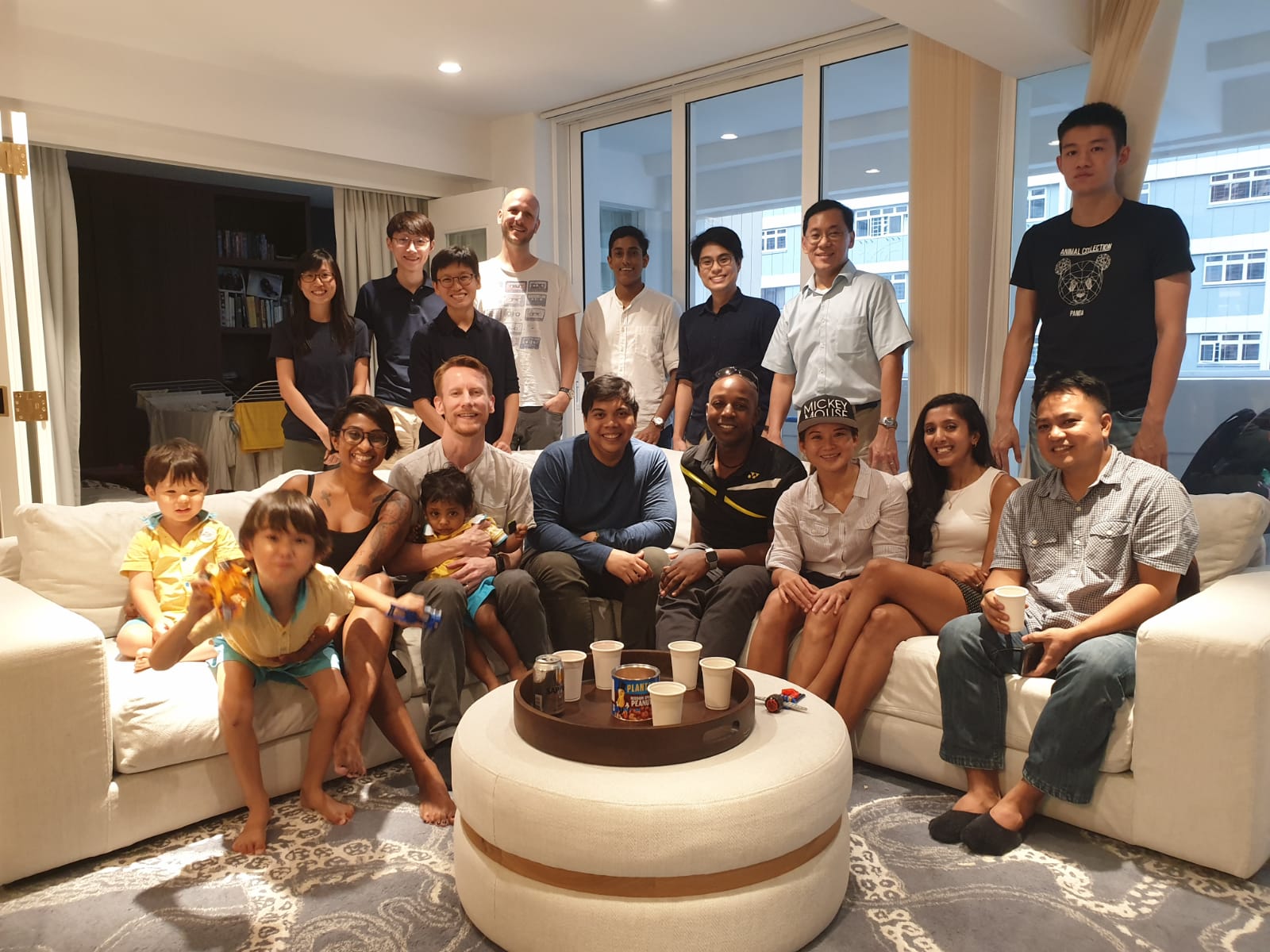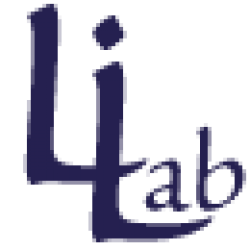
Our lab, led by Assistant Professor Camilo Libedinsky, is part of the Department of Psychology of the National University of Singapore and located in the N.1 Institute for Health (N.1).
The broad motivation behind my work is to understand the computational principles that underlie cognitive operations. General intelligence (GI) is a term used to describe a specific set of abilities possessed by a physical system, which include the ability to reason, use strategies to solve tasks, represent commonsense knowledge, plan actions, learn efficiently, and integrate all these skills towards achieving goals. To date, the only systems known to possess GI are animals with large brains, including birds and mammals. Cognitive neuroscience has provided important information about the cognitive building blocks of GI, how they interact, and how they are implemented in the brain. However, we still lack a computational understanding of GI. This lack of understanding is reflected in our inability to replicate GI in man-made systems, including the state-of-the-art artificial intelligence (AI) systems.
Underlying the abilities that constitute GI are a few key cognitive building blocks. One such building block is working memory, which is the ability to maintain information “online” for processing and to drive future action; this function is essential to most forms of intelligent behavior. In primates (including humans), the lateral prefrontal cortex (LPFC) plays an important role in the maintenance of working memory information. My work in this field attempts to address two different, but related questions: (1) What is the neural mechanism that allows the maintenance of working memory information in the LPFC?, and (2) How is working memory information conveyed to regions that receive input from the LPFC? This line of work has consequences for the study of normal cognition, abnormal cognition, and artificial cognition.
My lab has made significant contributions to the understanding of how working memories are encoded in the LPFC in the presence of distractors. We provided solid evidence that stable maintenance of working memory can coexists with strong neural dynamics (Parthasarathy, A., Herikstad, R., Bong, J.H., Medina, F.S., Libedinsky, C.* and Yen, S.C.*, Nature Neuroscience, 2017; Parthasarathy, A., Tang, C., Herikstad, R., Cheong, L.F., Yen, S.C.* and Libedinsky, C.*, Nature Communications, 2019; Tang, C., Herikstad, R., Parthasarathy, A., Libedinsky, C.* and Yen, S.C.*, eLife, 2020). In this body of work, we leveraged the dynamical systems perspective (Libedinsky 2023) to show that working memory information can be encoded in a stable manner (Parthasarathy et al., 2019), despite strong temporal dynamics (Parthasarathy et al., 2017). Furthermore, we showed that these strong temporal dynamics can be explained by the temporal overlap of 2 different types of information within the same neural network (Tang et al., 2020). This body of provides a clear example of the highly dynamic nature of prefrontal activity, and how these dynamics can be reconciled with stable codes in activity subspaces.

Figure: Schematic illustration of the projection of the full space activity into two different subspaces. (from Tang et al., eLife, 2020)
While research in my lab and others have highlighted the power of the dynamical systems perspective to study brain function, several outstanding challenges remain. For instance, we showed that, at least in theory, different brain regions can communicate selective types of information, simultaneously, using activity subspaces. However, this has not been proven empirically (but see Semedo et al., 2019 for a single line of communication). In addition, we also need to understand the factors that underlie the dynamical neural landscape, which includes factors such as learning and memory, short-term plasticity, and ascending modulatory systems. Thus, ongoing projects in the lab are addressing a number of these important questions, including: How is specific information conveyed from the LPFC to downstream regions? What is the role of short-term plasticity in working memory? How does the cholinergic tone influence the dynamical neural landscape and information encoding in the LPFC? How are memories erased from the LPFC population? How are “chunked” memories (i.e. items that are memorized as a group) encoded in the LPFC?


